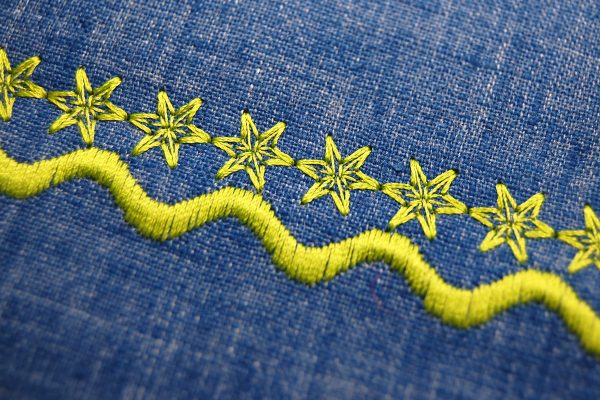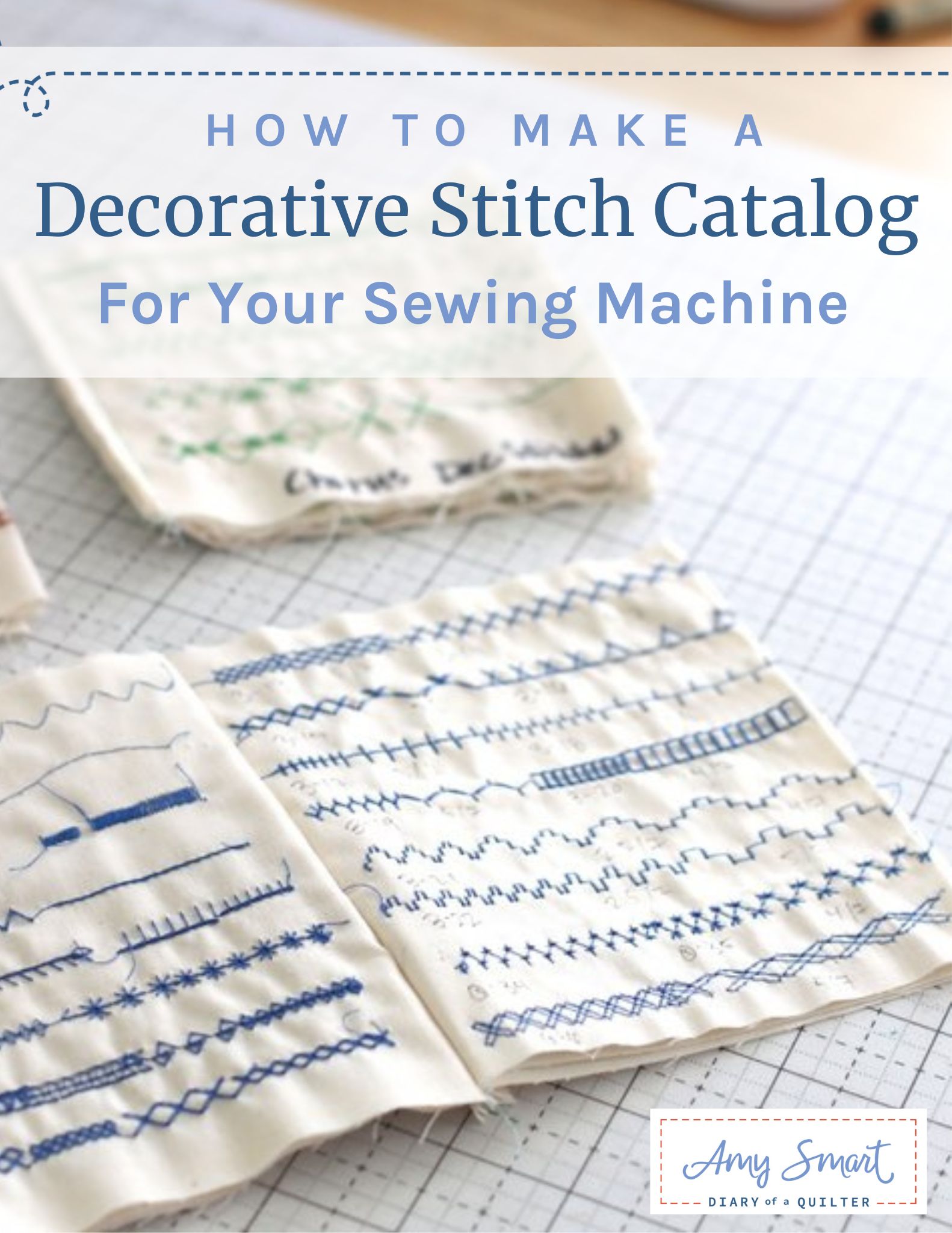Welcome to the colorful world of sewing machine decorative stitches! As an avid sewing enthusiast, I can tell you that incorporating decorative stitches into your projects can add that special touch, whether you’re crafting garments, home decor, or quilts. In this guide, we will delve deep into decorative stitches, exploring everything from their types and uses to tips for perfecting them. Let’s get sewing!
What Are Decorative Stitches?
Decorative stitches are unique stitch patterns that enhance the visual appeal of fabric projects. Unlike standard straight and zigzag stitches, decorative stitches are designed for embellishment, allowing you to unleash your creativity.
Why Use Decorative Stitches?
Using decorative stitches can transform your sewing projects from simple to stunning. Here are a few benefits:
- Enhances the aesthetic appeal of your projects.
- Provides unique textures and patterns.
- Allows personalization of your creations.
- Offers functionality, like reinforcing seams with added design.
Types of Decorative Stitches
Sewing machines typically come with a variety of built-in decorative stitches. Here are some common types:
1. Satin Stitches
Satin stitches are tightly packed zigzag stitches that create a smooth, satin-like finish. They are perfect for appliqué work or outlining shapes.
2. Appliqué Stitches
These stitches are specifically designed to attach one piece of fabric to another. They come in various styles, such as the blanket stitch and zigzag stitch.
3. Overlock Stitches
Overlock stitches not only finish edges to prevent fraying but also add a decorative element to seams. They are commonly used in knit fabrics.
4. Decorative Quilting Stitches
These stitches are designed for quilting projects, including intricate designs that can be used as motifs or borders.
5. Heirloom Stitches
Heirloom stitches are delicate stitches often used in fine fabrics, suitable for creating beautiful lace-like designs.
Comparison of Common Decorative Stitches
| Type of Stitch | Best For | Features | Recommended Machine Settings |
|---|---|---|---|
| Satin Stitch | Appliqué | Smooth finish, dense stitching | Width: 2-5 mm; Length: 0.5-1 mm |
| Appliqué Stitch | Attaching fabric | Versatile, can be decorative | Variable settings |
| Overlock Stitch | Seam finishing | Prevents fraying | 3-4 thread settings |
| Decorative Quilting Stitch | Quilting | Intricate patterns | Varies by design |
| Heirloom Stitch | Lace effects | Delicate and detailed | Fine needle and thread settings |

Choosing the Right Sewing Machine for Decorative Stitches
When selecting a sewing machine for decorative stitching, consider the following:
1. Built-in Stitches
Look for machines that offer a variety of decorative stitches. More options give you greater creative freedom.

2. Stitch Width and Length Adjustability
The ability to adjust stitch width and length is crucial for customizing your stitches.
3. User-Friendly Features
Consider machines with easy-to-use features like a large LCD screen, automatic stitch selection, and memory functions.

Top Sewing Machines for Decorative Stitches
| Model | Built-in Stitches | Price Range | Best For |
|---|---|---|---|
| Brother CS6000i | 60 | $200 – $250 | Beginners |
| Singer Quantum Stylist 9960 | 600 | $400 – $500 | Advanced sewists |
| Janome Magnolia 7330 | 30 | $300 – $350 | Mid-range users |
| Bernina 535 | 108 | $2000+ | Professional projects |
Techniques for Perfecting Decorative Stitches
Mastering decorative stitches takes practice, but here are some tips to help you achieve the best results:

1. Choose the Right Fabric
Some fabrics work better with decorative stitches than others. Choose stable fabrics like cotton or denim for beginners, and save slippery or stretchy fabrics for later.
2. Test Stitches
Before starting on your main project, always test your stitches on a scrap piece of the same fabric.

3. Use the Right Needle and Thread
Consider using specialty needles (like a twin needle for parallel lines) and matching thread to achieve the best finish.
4. Adjust Tension Settings
Be prepared to adjust the tension settings based on the stitch you are using. This can greatly affect the quality of the stitch.

5. Practice, Practice, Practice
The more you practice, the more comfortable you’ll become with your sewing machine and decorative stitches.
Common Mistakes to Avoid
As with any skill, the path to mastering decorative stitches includes pitfalls. Here are some common mistakes:

1. Ignoring Tension Settings
Failing to adjust tension can lead to puckering and uneven stitches.
2. Not Using Stabilizers
Stabilizers help to prevent fabric distortion. Always use one for intricate stitches.
3. Skipping the Test Swatch
Never skip testing your stitches. What works on one fabric may not work on another.
Creative Ideas for Using Decorative Stitches
Now that you know how to sew decorative stitches, let’s explore some project ideas:
1. Embellished Clothing
Use decorative stitches to add flair to hems, cuffs, and collars.
2. Quilted Items
Incorporate decorative stitches into your quilt designs for added texture and interest.
3. Home Decor
Add decorative stitches to cushions, table runners, and curtains for a unique touch.
4. Personalized Gifts
Stitch names or messages using decorative stitches on handmade gifts for a personal touch.
Maintaining Your Sewing Machine for Decorative Stitches
Proper maintenance is essential for ensuring your decorative stitches look their best. Here are a few tips:
1. Regular Cleaning
Remove lint and dust from the machine regularly, especially after extensive sewing sessions.
2. Oil the Machine
Check your machine’s manual for guidance on lubrication to keep gears running smoothly.
3. Check Needle Condition
Replace needles frequently, as dull or bent needles can affect the quality of your stitches.
FAQs About Decorative Stitches
What is the difference between regular and decorative stitches?
Regular stitches, like straight and zigzag stitches, are generally used for seams and construction, while decorative stitches are designed to enhance the aesthetic of the fabric.
Can I create custom decorative stitches?
Many modern sewing machines allow for custom stitch programming, but the extent of customization varies by model. Check your machine’s manual for details.
Which fabrics are best for decorative stitches?
Stable fabrics like cotton, denim, and canvas work best for decorative stitches. Avoid very stretchy or slippery fabrics until you’re more experienced.
How do I troubleshoot uneven decorative stitches?
Uneven decorative stitches can be caused by incorrect tension, a dull needle, or the wrong fabric. Run test swatches to diagnose the issue.
Are decorative stitches suitable for quilting?
Absolutely! Decorative stitches can enhance quilt designs by adding visual interest and texture.
Conclusion
Decorative stitches can open up a whole new realm of creativity in your sewing projects. From enhancing your clothing to adding flair to quilts, the possibilities are endless. Remember to practice, choose the right materials, and have fun exploring the beauty of decorative stitching! Happy sewing!